We headed to the heart of the Las Ramblas district. I write it in the plural because though the usual term is La Rambla, in singular form, this 1.2-kilometer tree-lined street in central Barcelona is actually a series of shorter streets, each with its own identity – Rambla de Canaletes (named after its iconic fountain), Rambla des Estudis (because this was the site of a former Jesuit university), Rambla de Sant Josep or Rambla de les Flors (named after its flower market), Rambla dels Caputxins (because this was the site of a former Capuchin monastery), and Rambla de Santa Monica (named after the convent on this site with the same name). It is further extended into the Rambla de Mar, a series of bridges (girder, swing, pedestrian, retractable, and steel) that connects the promenade to the reclaimed port area.
Our destination was the Rambla dels Caputxins, where the Tablao Flamenco Cordobes is located, to watch its famous flamenco show.
Though flamenco is not historically a Catalan tradition (this is more common in the south, specifically in Andalucia), there is a fair number of Andalucian immigrants in Barcelona that brought some of the best flamenco artists in Spain to this city. One typically watches a flamenco performance in a tablao (a tablao is to flamenco as a jazz club is to jazz). It is the ideal stage to enjoy the most authentic flamenco experience - an intimate environment that mimics those family reunions where flamenco was originally performed, and where the artists bared their souls with this art.
The Tablao Flamenco Cordobes is an authentic tablao, one of the only two left in Barcelona. It has retained its southern Spanish authenticity for over 40 years and has been managed by a family of flamenco artists for more than 70 years. They bring to their stage a list of distinguished names in the flamenco world.
Our tickets included a buffet dinner at eight-thirty and the flamenco show at ten-thirty. Our Tour Director assured us that we were in for a double treat.
The unassuming entrance that led us to the restaurant was a sharp contrast to the opulence inside. Inspired by the Nasrid architecture of 15th century Andalucia, which was the last stage of Hispanic-Muslim art, the décor was handcrafted by Napoleon Morillas and Antonio Zubeldia, the official restorers of The Alhambra in Granada. I have not been to the south of Spain, but looking at the ornamentation around me – horseshoe arches in square wide frames, triangular arch scallops, richly-patterned ceramics, intricate plasterwork, and hanging golden chandeliers and lamps - made me imagine scenes from Washington Irvings, “Tales of the Alhambra.” And typical of Nasrid style, every single space is covered with decoration, no matter the size of space. It was hard to choose which corner to look at!
The other highlight of this restaurant, is of course, the food. Our buffet-style meal, featuring 44 traditional delicacies from Catalonia, as well as from the other regions of Spain, is truly a gastronomic delight. The server made sure we tried their specialties – the butifarra lamb seques (sausage with beans) from Catalonia, the marinated dogfish cornet from Cadiz, the edible flower hummus with vegetable crudites from the Mediterranean regions, the gazpacho from Andalucia, the pintxos (Basque-style tapas) from Euskadi, the octopus dish from Galicia (that I previously tried when I was in Santiago de Compostela), the churros con chocolate (Madrid-style), the Extramadura Iberian ham sliced by a master carver, and of course, the paellas from Valencia.
The excellent meal was accompanied by a welcome cocktail of Spanish Priorat wine sangria and some starters served on the table – olives with rosemary and some bread. It was followed by an array of desserts – cheeseboards, chocolate fountains, banana fritters, Catalan-style crème brûlée, cream cakes, macarons, truffles, and fruit soups. Unlimited drinks are included too, including beer and wine, but I decided to stick with the sangria. I had a small cup of coffee at the end of my meal. The service was fast and attentive and the servers were quick to replenish the drinks and the appetizers on every table.
After the meal, we were escorted to another room for the flamenco performance. The room, with a vaulted architecture, looked like a decorated cave. The shape is to help amplify the acoustic music that characterizes the flamenco performance.
As we got comfortable on the small wicker chairs set around small tables, we were served flutes of cava (sparkling wine similar to the French champagne). The muted lights contributed to the intimacy of the atmosphere. We were politely told that picture-taking is not allowed during the performance but that towards the end, the performers would notify us when we could use our cameras.
Prompted by the cozy atmosphere and the reverent manner of the servers and the staff preparing for the performance, we all remained silent as we sipped our cavas, as if we were in a church. Flamenco does demand a special atmosphere for the audience to understand and feel the art form in all its depth.
This was my first encounter with flamenco. I did watch a flamenco dance at a small Spanish café in Vancouver when I was living there a few years back, but it was nothing like this. Back then, we went to support a Spanish co-worker who was taking flamenco lessons and who, from time-to-time, performed a number or two at the café. This one though, was the truly authentic experience.
Here is how flamenco is defined and after one and half hours of immersing myself in it, I could truly say this haunting and emotionally-charged performance has touched my soul:
“A flamenco show does not follow a script, it does not tell a particular story, it talks about the human nature, or simply about everyday life. Flamenco is music and dance in its purest form. The “cante jondo” (deep singing), so difficult to appreciate, can be a wail, a roar, a moan, a laugh... The lyrics are usually small poems of popular origin or verses from great poets of Spanish literature. The singer elaborates on them according to his inspiration and how he feels, with no other restraint than rhythm and the singing style he has chosen.
The songs speak about love towards a partner or the mother, about homesickness and rage from prison or heartbreak. There are also songs for farm labors or terrible laments from the depths of the mines. They can transmit joy and delight, and sometimes they become screams of pure pain. Flamenco music styles, known as "Palos," form a complex genealogic tree with many types of cantes (flamenco singing styles), characterized by different rhythm baselines and tonalities, and they can also be different depending on their geographical origin.
On the basis of the music rhythm -magical connecting thread-, the artists experiment, inspire, contrast and accompany each other combining the voice, the guitar and the dance while they develop together the show. That ability to improvise is an essential part of flamenco that cannot be found in a theatre's choreographies nor in an audiovisual show. That is something that can only be lived in a Tablao.
That is the reason why you shouldn't be surprised when you are politely asked to keep quiet. That signal will tell you that you are enjoying a true flamenco show. The rhythm is sacred, and nothing must blur or disrupt it in order for the coordination between the artists to be precise and brilliant.”
We left the tablao feeling awe-struck and inspired. So dramatic was this impact that the bus ride back to our hotel was completely silent. Even Ms. Lady Ring Leader and the loudest members of her group did not attempt to break that stillness.
Back at the hotel, we had a nightcap with the gang at the lobby to toast our last night in Barcelona before we retired to our rooms.
I had a sound sleep that night…but in my mind, I was already thinking of what I would like to do when I go back…the things I had missed on this trip – seeing the interior of La Sagrada Familia, experiencing more of La Rambla’s nightlife, visiting Parc Guell to see more of Gaudi’s work (the glimpse of La Sagrada Familia’s façades was but a taste), and exploring Catalonia’s Nouvelle Cuisine. But for now, it was time to move onward to the next Spanish city.
Photo Credits:
barcelona.de, tablaocordobes.es, marriott.com, barcelona-home.com











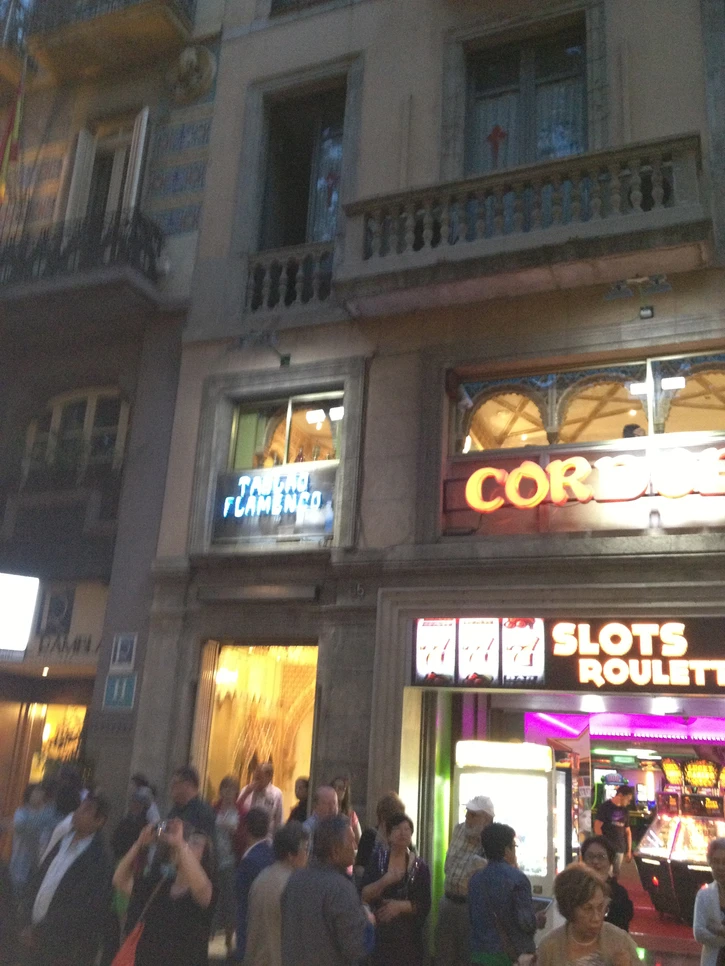
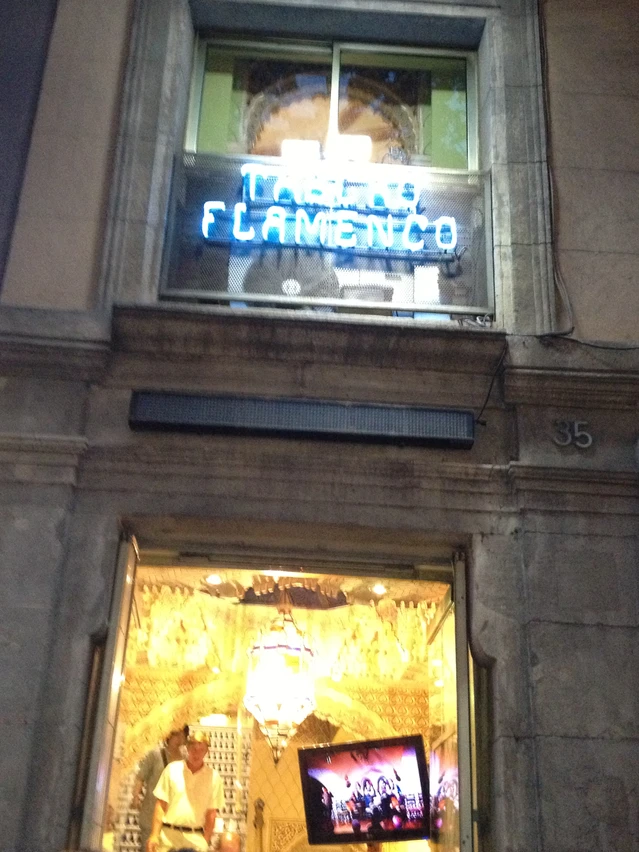
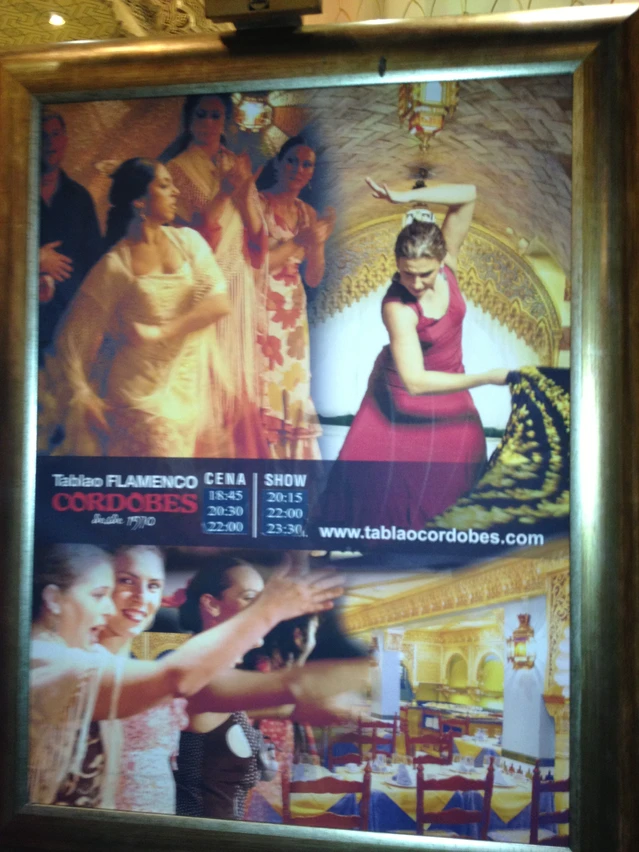
















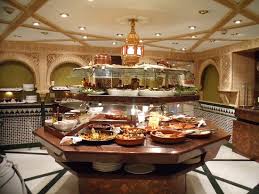










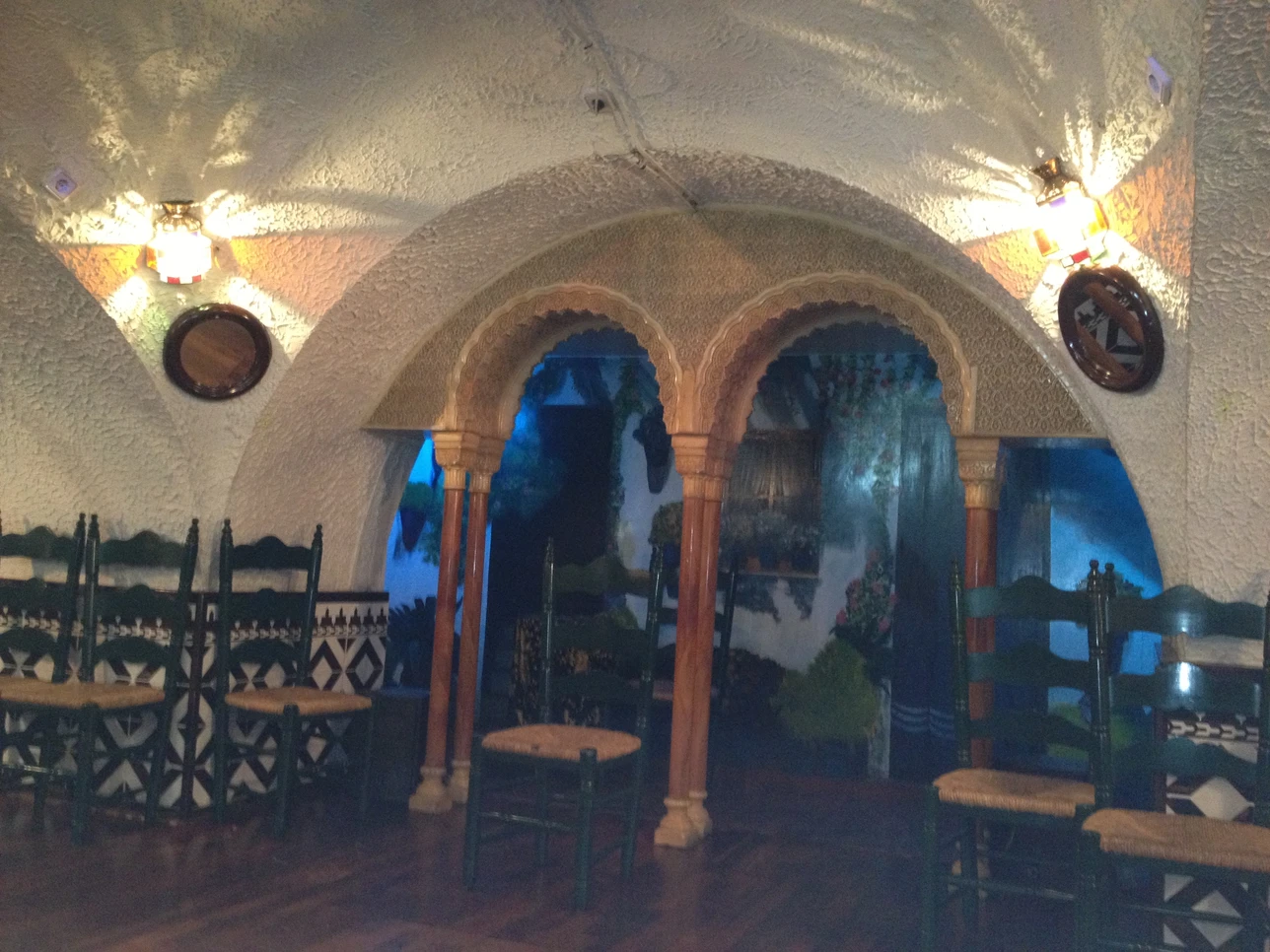
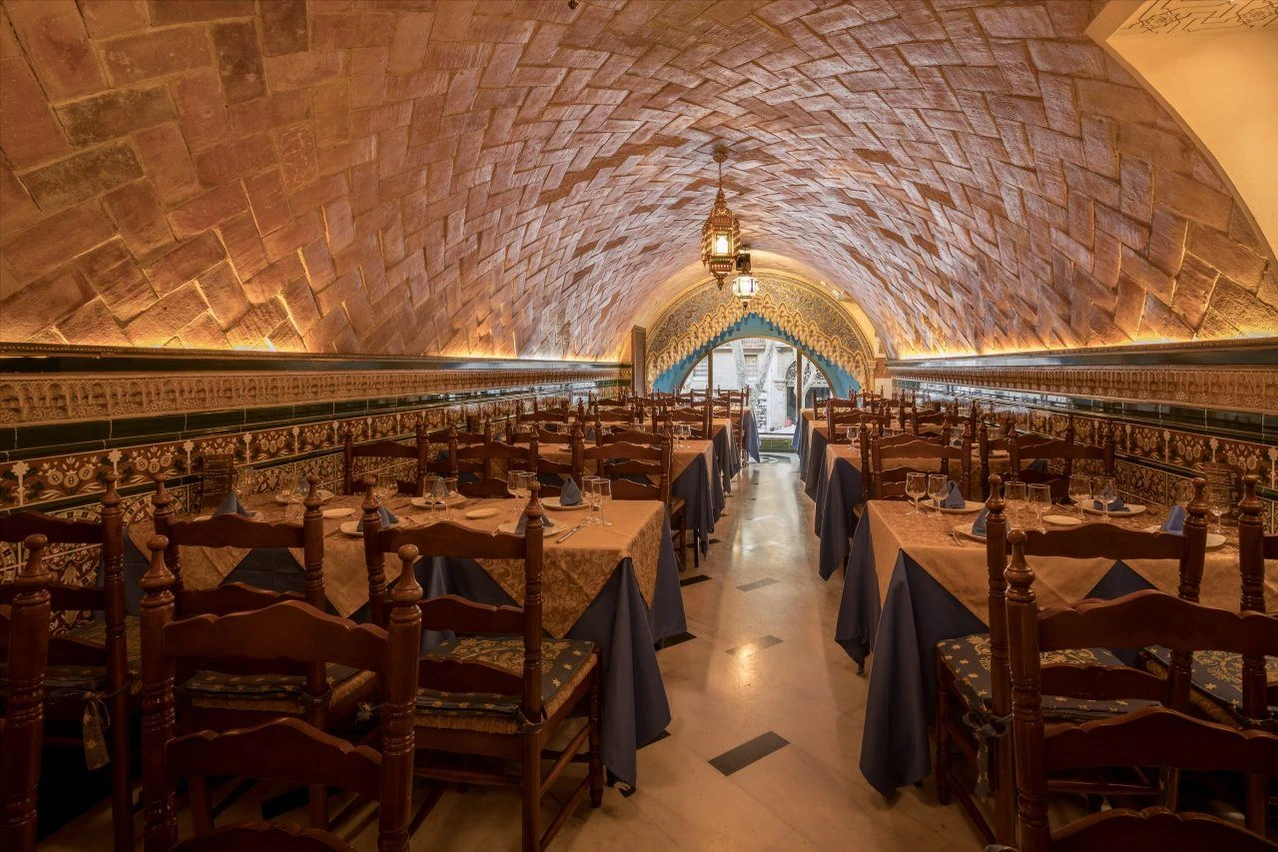
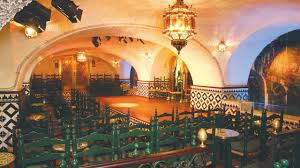
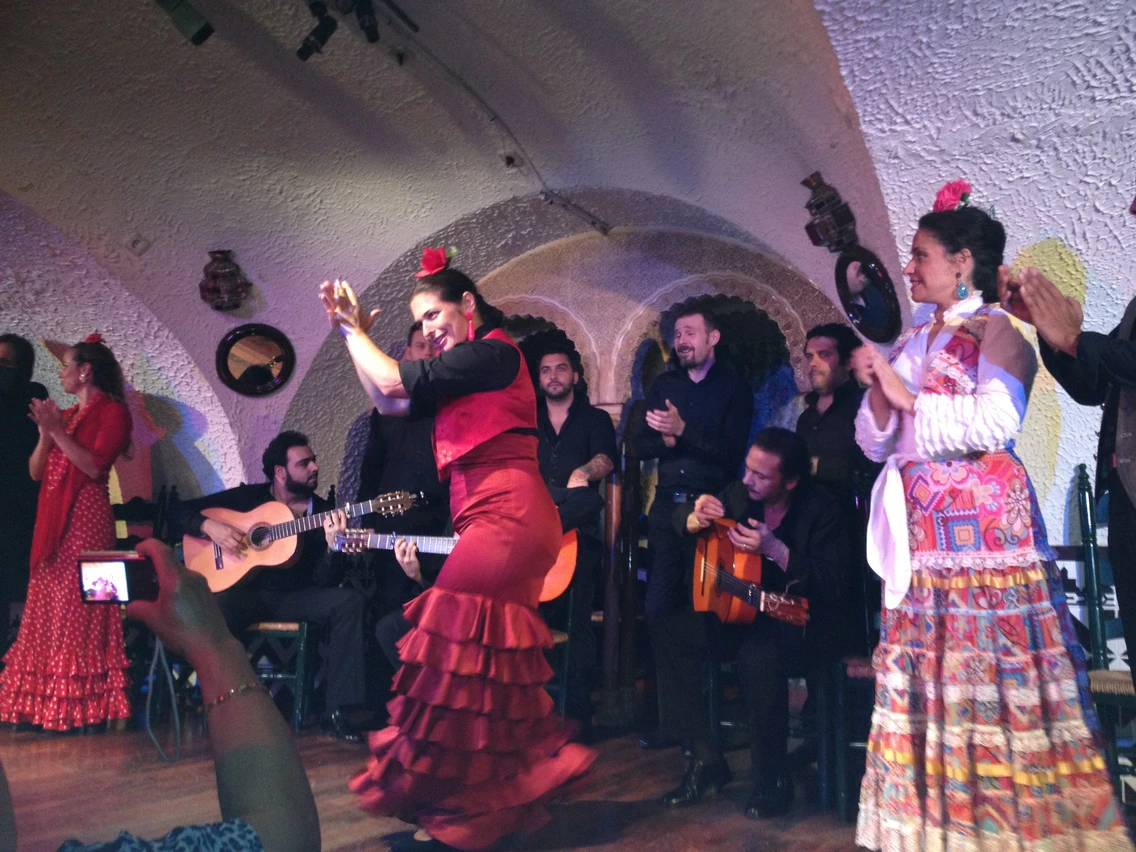
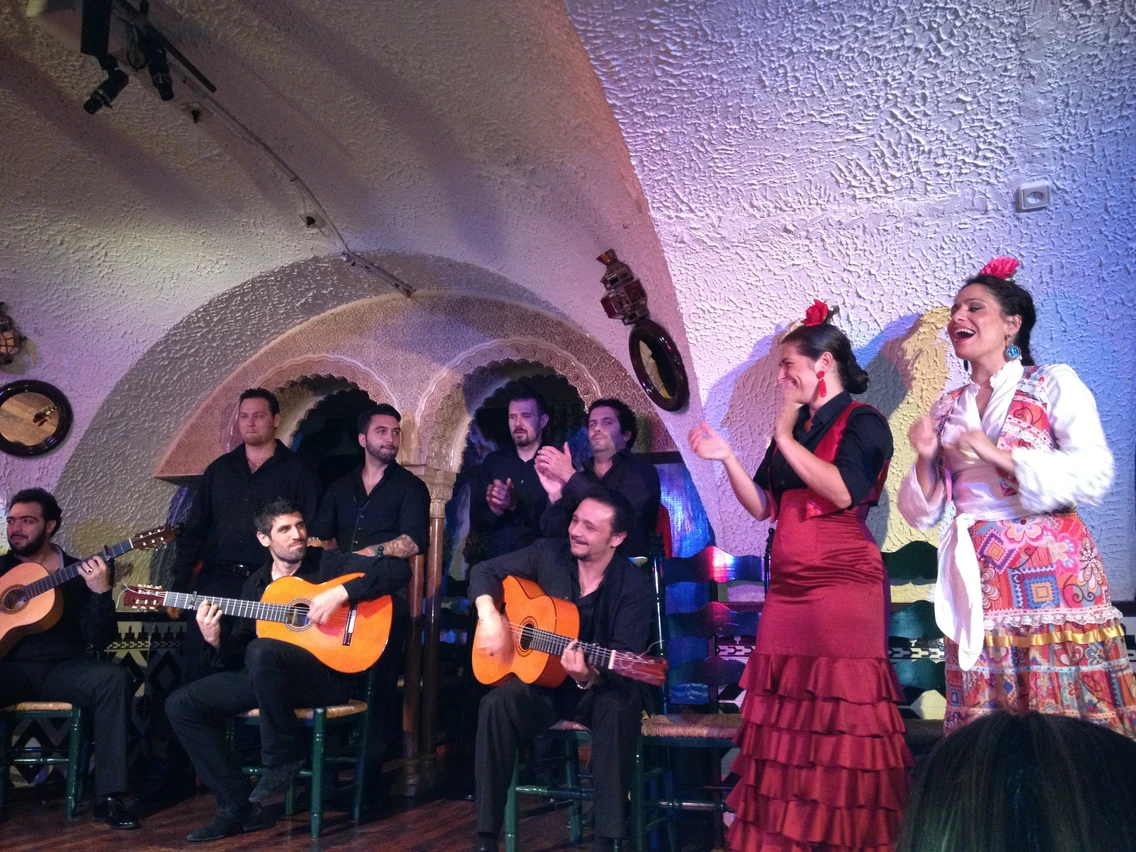


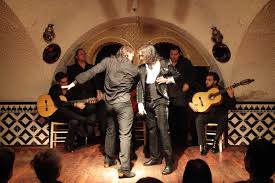
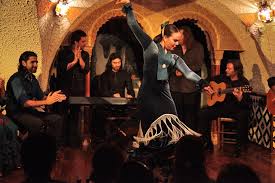
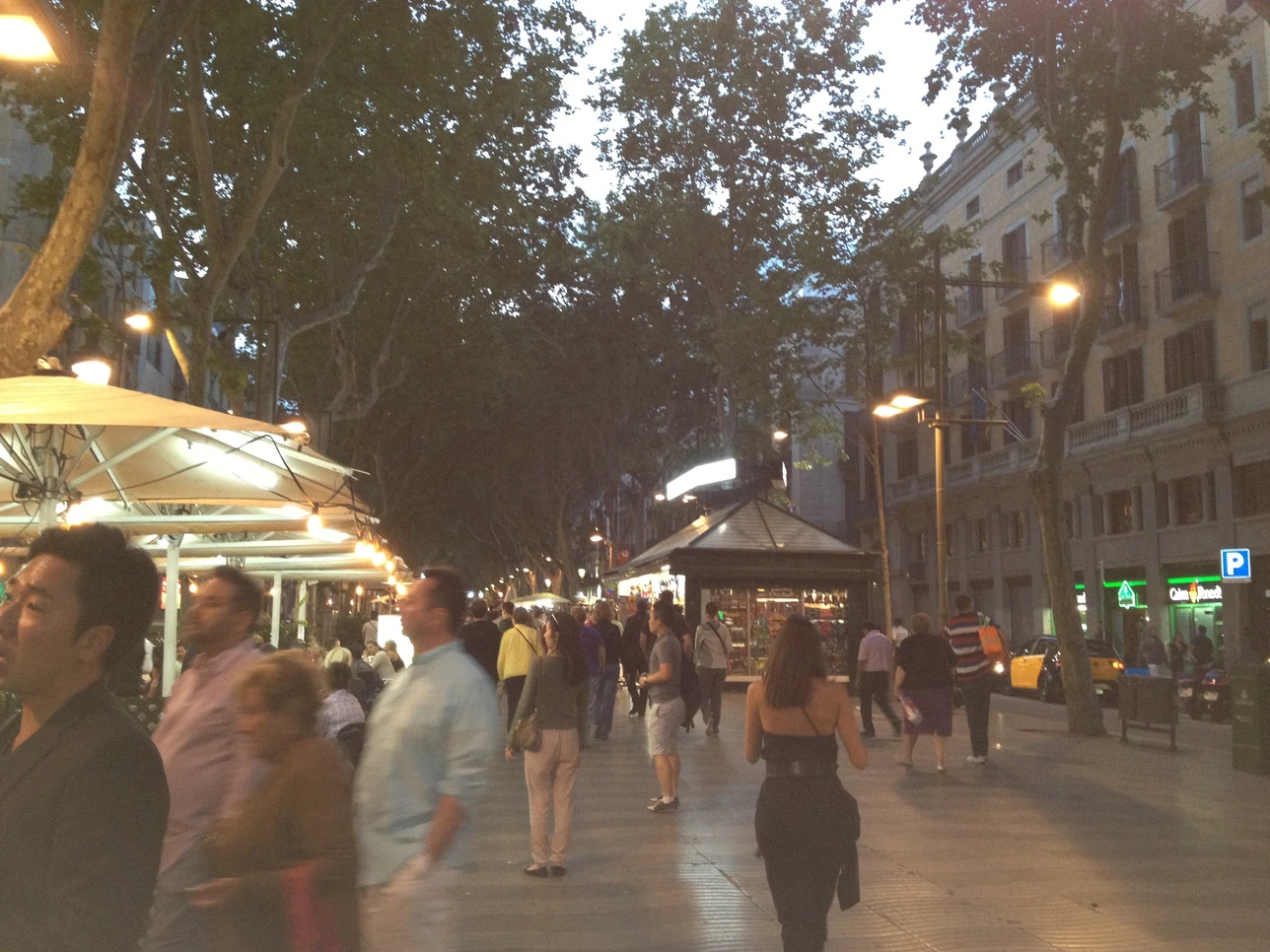
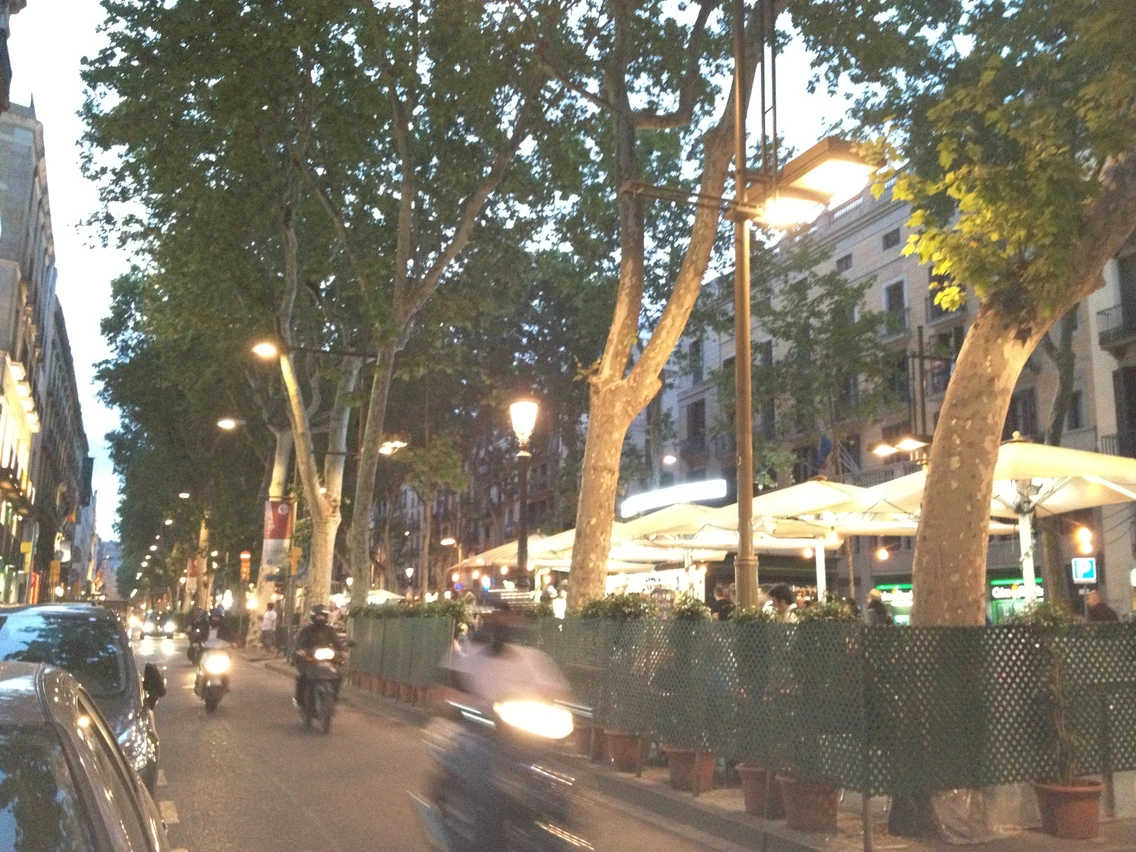
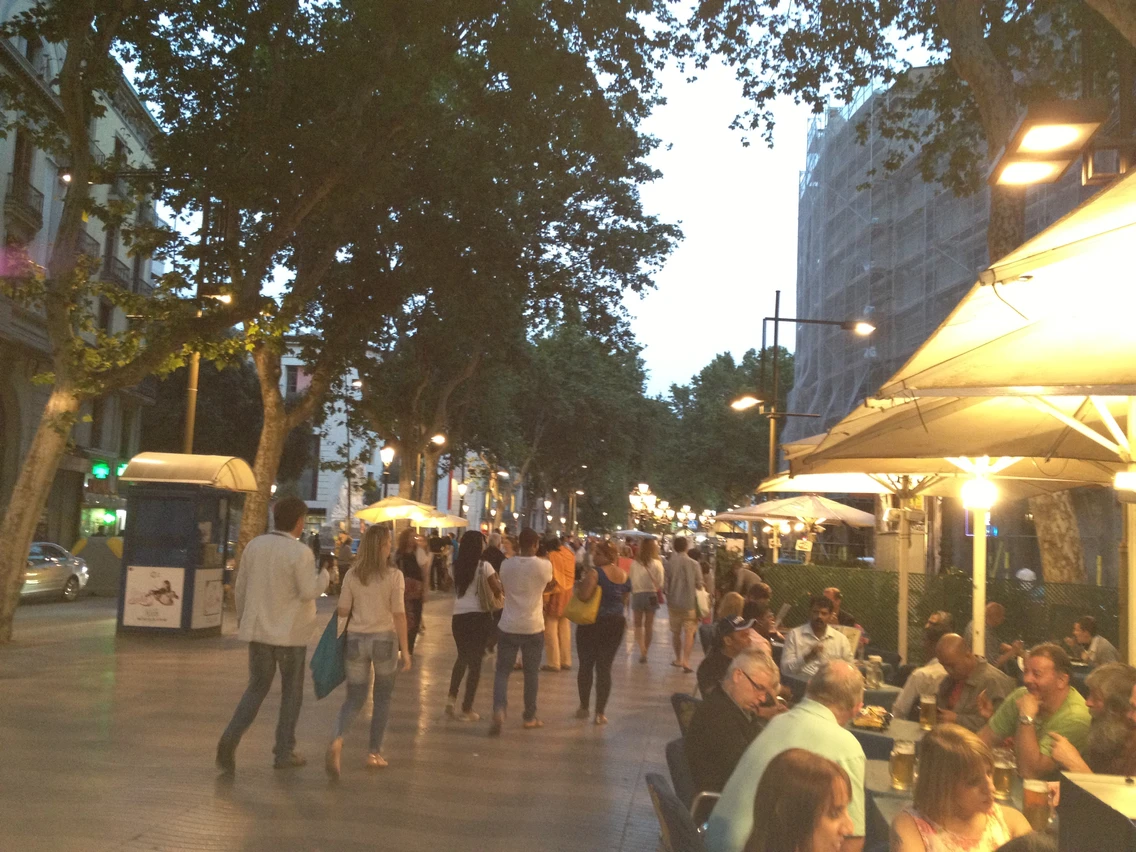
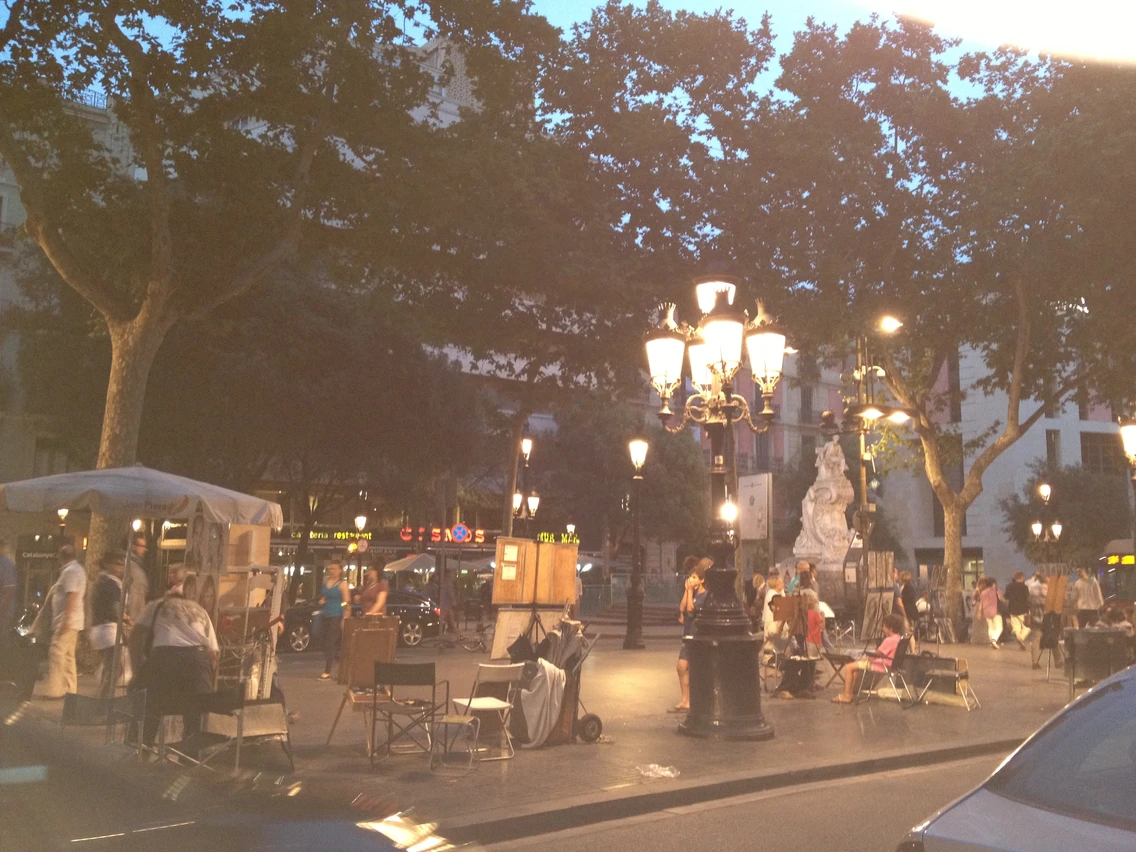


Hope you enjoy your Spain holiday! Do let me know if you’re able to watch a flamenco show. 😉
A wonderful read about Barcelona. Would love to add Flemenco to our itinerary.